
It’s hard to imagine that just a few short months ago the Presa Allende was at its lowest recorded water level in recent history, leaving hundreds of hectares of downstream agricultural fields without water for irrigation and revealing land and historical artifacts that had not been seen in decades.
But now, with the abundant rainfall we have received this summer, which just keeps on coming, the Presa is nearly at its capacity of 251 million cubic meters of water, most of it from rainfall.
While there are many reasons to cheer the rising level of the water, it’s important that it does not cause us to develop a false sense of water security. The water held in the Presa does not belong to our municipality. Legally, the rights to this water belong to downstream agricultural interests and faraway Guadalajara, which is the final destination of the water captured by the Allende dam.
And, we must be cautious about making a correlation between the rising water in the Presa and the replenishment of our aquifer, which we depend upon for our household, commercial and industrial uses. Most areas of our watershed where water historically infiltrated into the aquifer have been drastically altered by human activities and are no longer capable of absorbing the rain. Any water that does manage to trickle deep into the ground can take hundreds, if not thousands, of years to reach the aquifer.
But, there are good reasons to celebrate the return of a high water level in the Presa, especially our great fortune to have this scenic and recreational treasure in our backyard. For volunteers with Audubon de Mexico’s Amigos de la Presa program, it’s a cause to celebrate the return of kayaking into the Rio Laja channel, where partially-submerged trees create a unique and valuable habitat for native and migratory birds.
Most paddlers are not avid birdwatchers, but they do enjoy the presence of the birds and have come to know the places they will most likely see or hear Golden-fronted woodpeckers and songbirds scurrying through the tree branches hunting for insects. They know which bend in the channel or stand of trees is where the pink-tinged Roseate Spoonbills and gangly Wood Storks usually hang out, or where the Black-crowned Night Herons are tucked into branches patiently waiting for a fish to swim by. And, they can point out the area where they spied an osprey or magnificent Caracara the week before.
Along the shoreline you’re also likely to see at least two of our three native Avoceta Americanas, Playero Alzacolitas and Candelero Americanos feeding in the shallow water.
If you would like to take a paddle on the Presa to enjoy the water, get a little exercise and be with the birds, join us any Wednesday from 9 am until about noon, or schedule a private trip with one of our volunteer guides on a day of your choosing. For more information or to reserve your space contact us at amigosdelapresaeventos@gmail.com

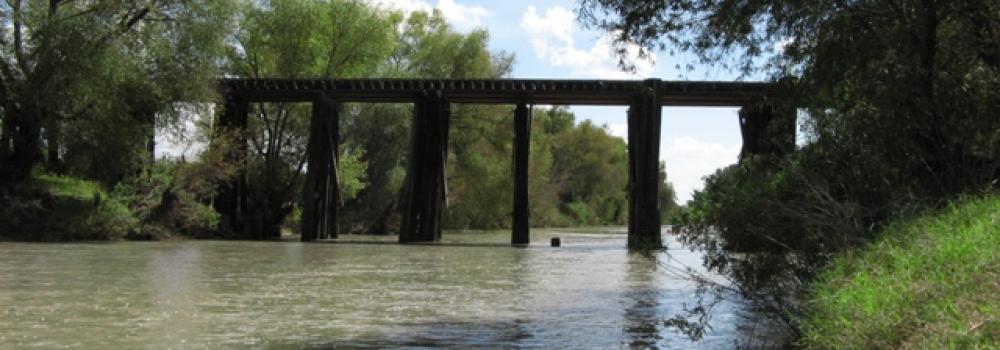


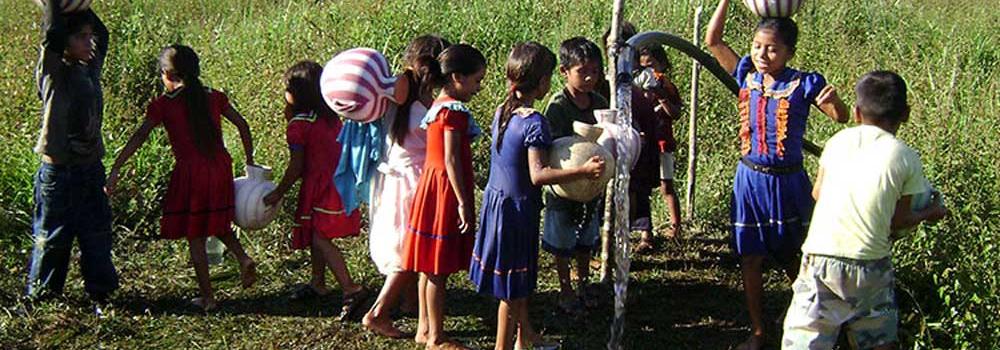
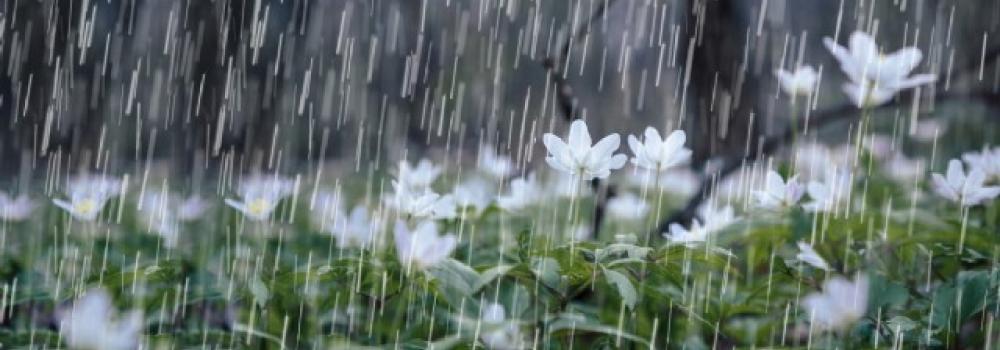
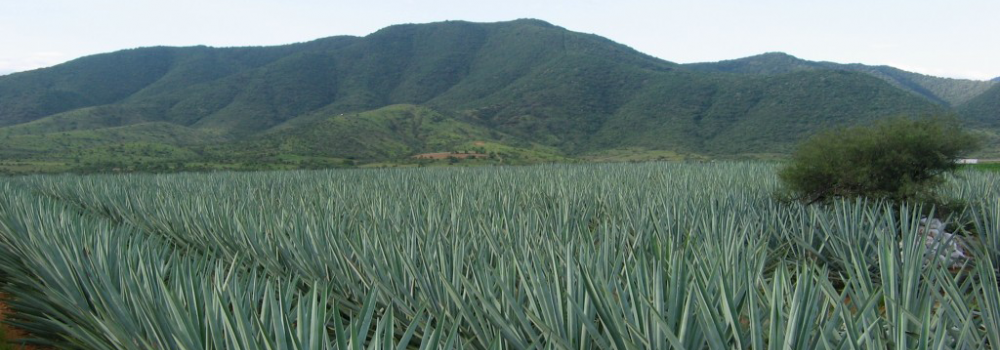
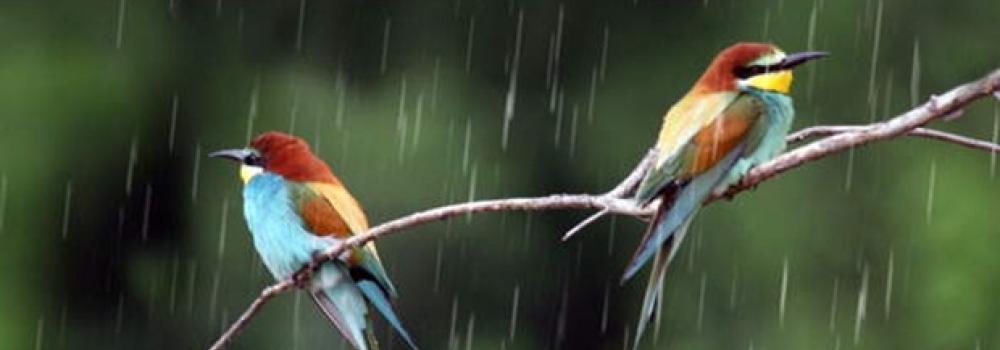
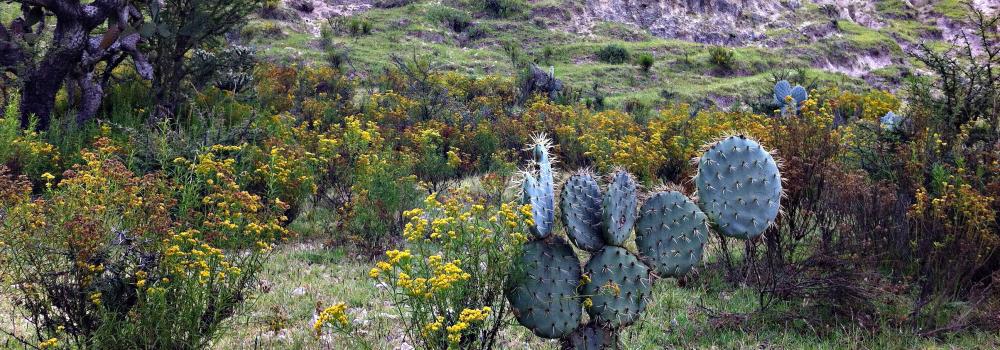
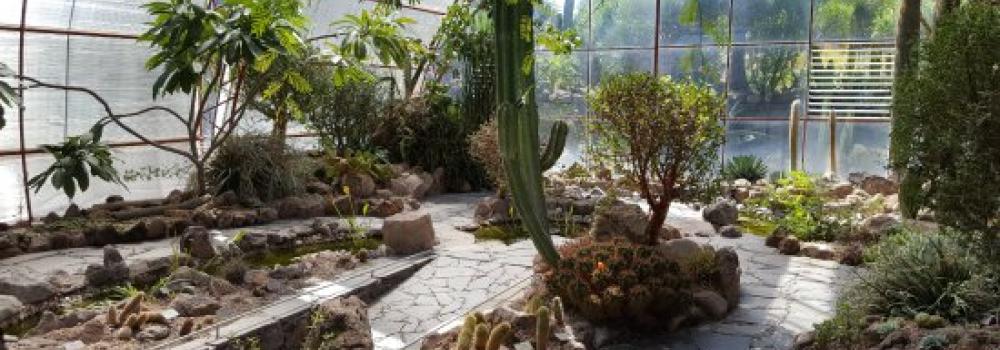
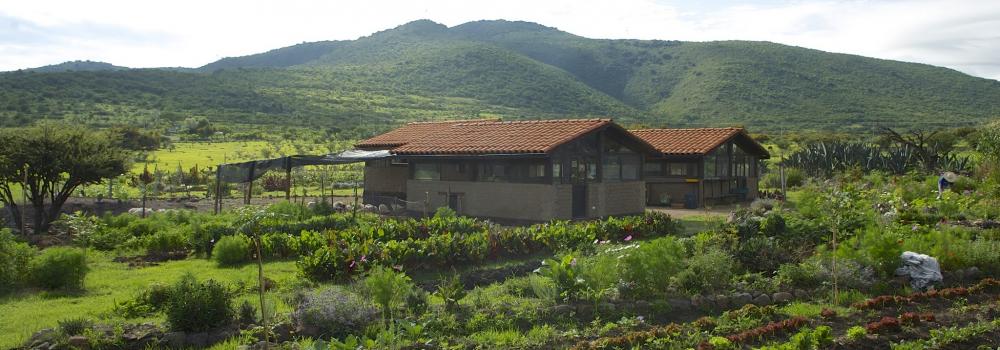
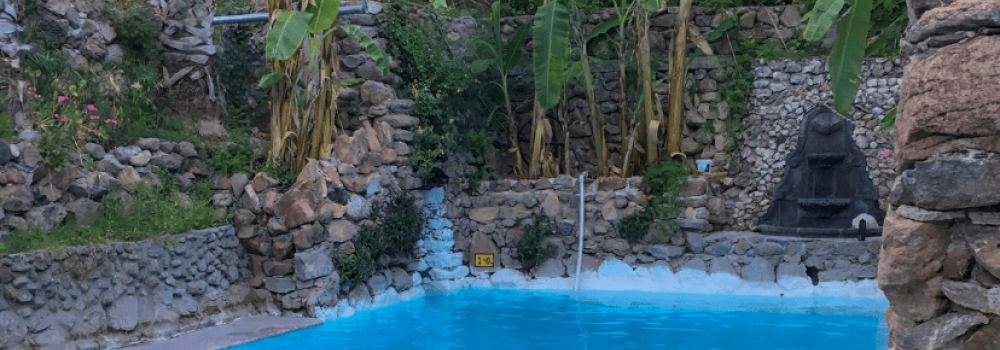

Add new comment